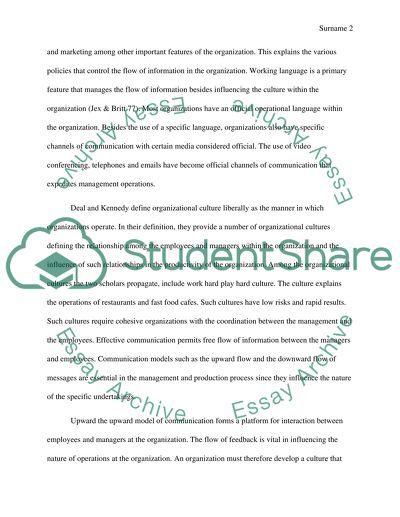Cite this document
(“Cultures in Organizations Essay Example | Topics and Well Written Essays - 1500 words”, n.d.)
Cultures in Organizations Essay Example | Topics and Well Written Essays - 1500 words. Retrieved from https://studentshare.org/human-resources/1631507-cultures-in-organizations
Cultures in Organizations Essay Example | Topics and Well Written Essays - 1500 words. Retrieved from https://studentshare.org/human-resources/1631507-cultures-in-organizations
(Cultures in Organizations Essay Example | Topics and Well Written Essays - 1500 Words)
Cultures in Organizations Essay Example | Topics and Well Written Essays - 1500 Words. https://studentshare.org/human-resources/1631507-cultures-in-organizations.
Cultures in Organizations Essay Example | Topics and Well Written Essays - 1500 Words. https://studentshare.org/human-resources/1631507-cultures-in-organizations.
“Cultures in Organizations Essay Example | Topics and Well Written Essays - 1500 Words”, n.d. https://studentshare.org/human-resources/1631507-cultures-in-organizations.


